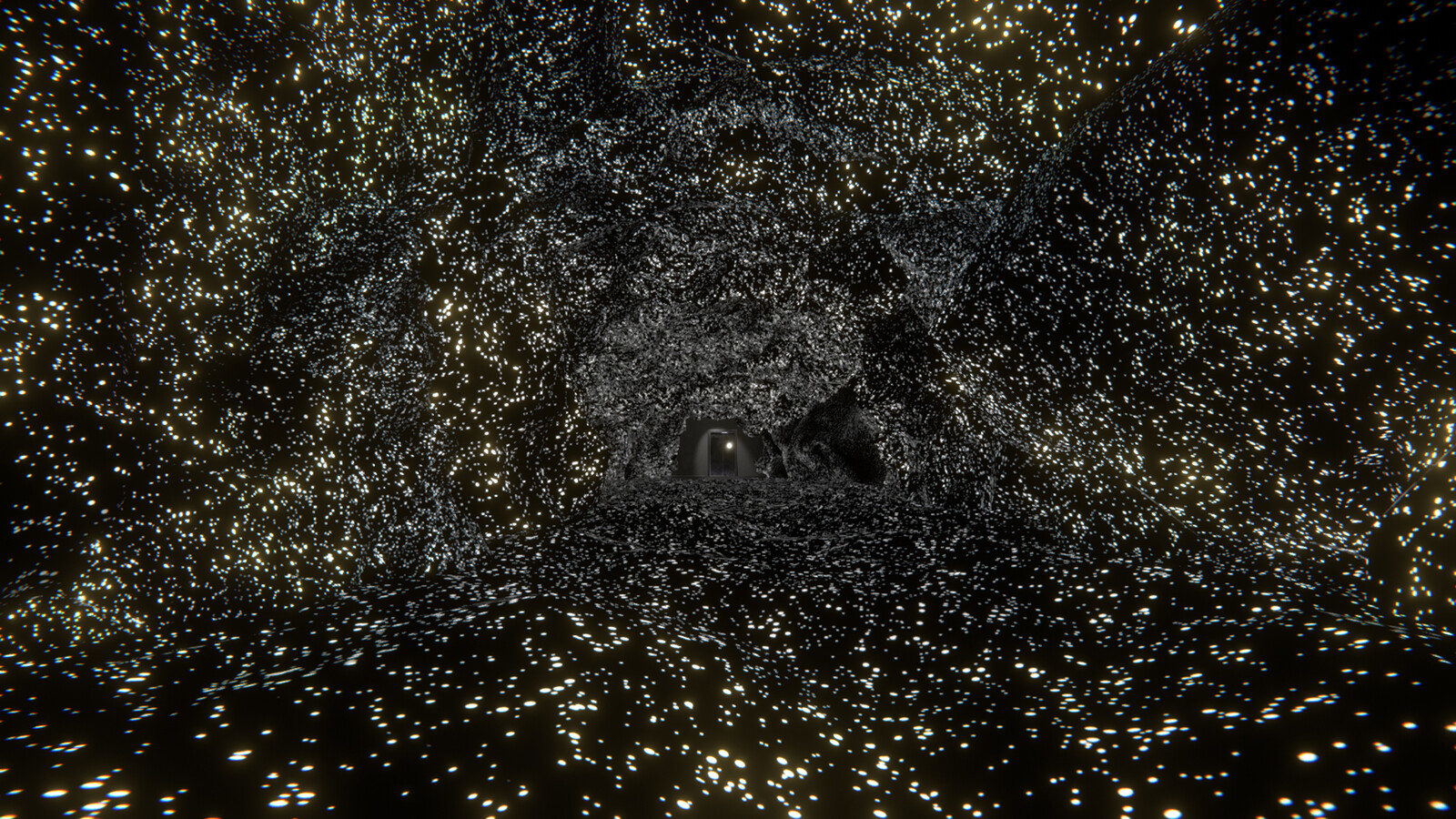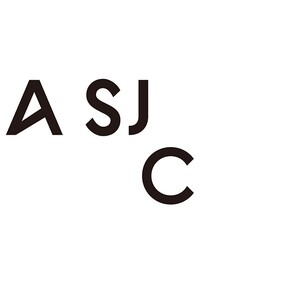Hyun Bhin Kwon, Eunjoo Rho, Heejoon Lee, Sue Yon Hwang: Dwindles to a Point and Vanishes
May 20–July 11, 2021
For the group exhibition Host Modded, participating artists Sidsel Meineche Hansen, Jisun Kim, and Rachel Rose propose divergent senses for perceiving reality. The title Host Modded combines the idea of a “host,” or the human body as a perceiving agent, with the recent coinage “modded,” referring to the modification of programs to create new functions. The exhibition is conscious of the new spatial sense acquired by a generation of people accustomed to settings situated within screens, monitors, and other similar surfaces. When we recall a memory or consider something in our mind, we tend to always imagine a specific spatial context together with it. All of us have this sense of perceiving space in our consciousness, although it changes with language, differences in past experience, and the passage of time. In the past, different perceptions and cognition of reality were simply considered errors or signs of schizophrenia. The exhibition questions whether advancements in technology have modded us into people who perceive in disparate ways.
Each of the participating artists offers particular bodies to show different perceptions of space and objects. Sidsel Meineche Hansen represents a video work in which a 3D model of Keanu Reeves welcomes the viewer into short stories navigable by a joystick. In the video, a robot relates its thoughts about the surveillance society as it wanders through a city circa 2077. Rachel Rose blends the progression of time and the structure of space as she juxtaposes the solid yet transparent structure of Philip Johnson’s Glass House with scenes showing unexpected turns of events. Jisun Kim uses her video work The House of Sorrow – House, which is based on a computer game that she developed, to situate the viewer in the position of “player.” During the exhibition, Kim will present Deep Present – Aibo (2017–2021), a performance in the exhibition space by the robot dog Aibo.
To say that we perceive the body differently even when the physical conditions of the world that surround it have not changed is ultimately to argue that we have acquired a different body. This is what the exhibition refers to as a “host,” as it seeks to perceive a specific physicality that recognizes spaces and objects. In the work of the participating artists, the Glass House built in 1948, the Aibo dog discontinued in 2006, and the realdoll first produced in 1996 are all media that make us aware of the altered physical perception, as well as objects onto which the artists’ bodies are projected. But to us, they no longer represent anything new. The works shown in this exhibition further solidify that obviousness through their instrumental use of temporal and spatial illusions that have already become pervasive. Yet we are also aware that even these obvious things will soon change as well.
Curated by: Hyo Gyoung Jeon (Curator, Art Sonje Center)
Organized by: Art Sonje Center
Supported by: Arts Council Korea, Ministry of Culture, Sports and Tourism, Cultural Foundation of National Museum of Korea, Danish Arts Foundation
Dwindles to a Point and Vanishes invites painters Eunjoo Rho and Heejoon Lee and sculptors Hyun Bhin Kwon and Sue Yon Hwang in an exhibition that observes the juxtaposition of flatness and volume in terms of the conditions and properties of their media, and the sensory shift that occurs as a result. The exhibition’s title is a reference to the 1884 book Flatland by Edwin A. Abbott, which relates the experience of worlds in different dimensions and new ways of perceiving space. The protagonist, who perceives the world in two dimensions, observes a sphere from the three-dimensional world rising up from the ground and says that the “circle will become smaller and smaller till it dwindles to a point and finally vanishes.”
In Dwindles to a Point and Vanishes, Abbott’s mathematical imagination from over 130 years ago is reflected in the exhibition space, creating variations in the properties of flatness and volume through changes to physical and conceptual dimensions. It explores the uniqueness and nature of media within the sculptural and painterly experiments and attitudes exchanged among the four artists, revealing the perspectives which we perceive and view everyday landscapes and objects within an altered environment. The material structures of the four artists’ media are expanded into the actual exhibition space, while external, non-material elements are reduced back into the materials of artwork. As our perceptions reach these materials, the particularities of their physical substance connect with the sensations of the body, alluding to the coexistence of various different perceptions.
Curated by: Heehyun Cho (Curator, Art Sonje Center)
Organized by: Art Sonje Center
Supported by: Arts Council Korea





